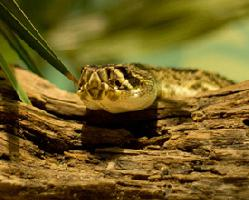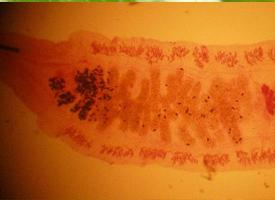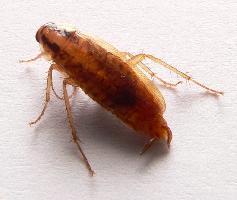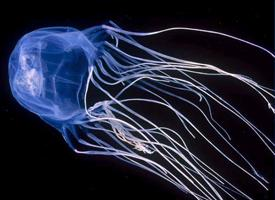
Váhy a míry
| Délka | od 200 do 251 cm |
|---|---|
| Hmotnost | od 10 do 12 kg |
Popis zvířete
The Eastern diamondback rattlesnake (Crotalus adamanteus) stands as one of the most formidable and recognized reptiles in North America, particularly noted for its distinctive markings and potent venom. This species, belonging to the pit viper family, is not only the largest rattlesnake but also ranks among the heaviest venomous snakes in the Americas. The Eastern diamondback's habitat spans from the coastal plains of North Carolina, through the entirety of Florida, and westward to Louisiana, thriving in a variety of environments including dry pine forests, palmetto flatwoods, and sandy areas.Characterized by its striking appearance, the Eastern diamondback rattlesnake exhibits a pattern of dark diamond-shaped blotches along its back, edged with lighter scales, against a base color that can range from olive, brown, to almost black. This intricate pattern serves as an effective camouflage in the dappled light of its natural habitat, aiding in its stealthy approach towards prey and in evading predators. Adults typically reach sizes of 4 to 5 feet in length, with exceptional individuals recorded at lengths of up to 8 feet, making them an imposing presence in their ecosystem.
One of the most distinctive features of this species is the rattle at the end of its tail, composed of interlocking segments made of keratin. When vibrated, these segments produce a rattling sound that serves as a warning to potential threats to back off. This rattlesnake, like others in its family, is equipped with heat-sensing pits located between the eyes and nostrils on its face, enabling it to detect warm-blooded prey even in complete darkness.
Eastern diamondback rattlesnakes are carnivorous, feeding primarily on small mammals such as rabbits, rats, and squirrels, which they subdue with a swift, venomous strike. Their venom is a potent hemotoxin, capable of causing significant tissue damage and disrupting blood clotting, which is usually fatal to their prey and can be extremely dangerous to humans without prompt medical treatment. However, these snakes are not inherently aggressive towards humans and will typically only bite in self-defense if threatened or provoked.
Reproduction in Eastern diamondbacks occurs biennially, with females giving birth to live young, typically in late summer or early fall. The young snakes are born fully formed and capable of fending for themselves, including delivering a venomous bite if necessary.
Despite their fearsome reputation, Eastern diamondback rattlesnakes play a crucial role in their ecosystems as apex predators, helping to control populations of small mammals and thus preventing overgrazing of vegetation. However, their numbers have been declining due to habitat loss, vehicle strikes, and targeted killings, leading to concerns about their conservation status. While not currently listed as endangered, the Eastern diamondback rattlesnake is considered a species of concern in several states, highlighting the need for continued conservation efforts to ensure its survival in the wild.
Podobná zvířata
Nové fotografie zvířat
Top 10 zvířat
- Chinese water dragon (Physignathus cocincinus)
- Galápagos tortoise (Geochelone nigra complex)
- Dolphin gull (Leucophaeus scoresbii)
- Japanese macaque (Macaca fuscata)
- Colombian red howler (Alouatta seniculus)
- Sea urchins (Echinoidea)
- Moustached guenon (Cercopithecus cephus)
- Diana monkey (Cercopithecus diana)
- Common reed warbler (Acrocephalus scirpaceus)
- Common house mosquito (Culex pipiens)


